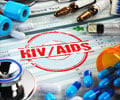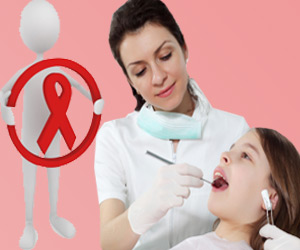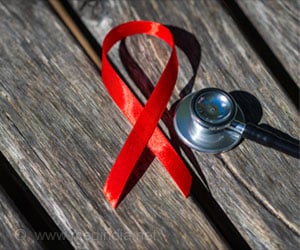Saving over 2.8 million years of life in South Africa since 2004, antiretroviral therapy, a treatment for HIV infection, may save around 15.1 million lives by 2030
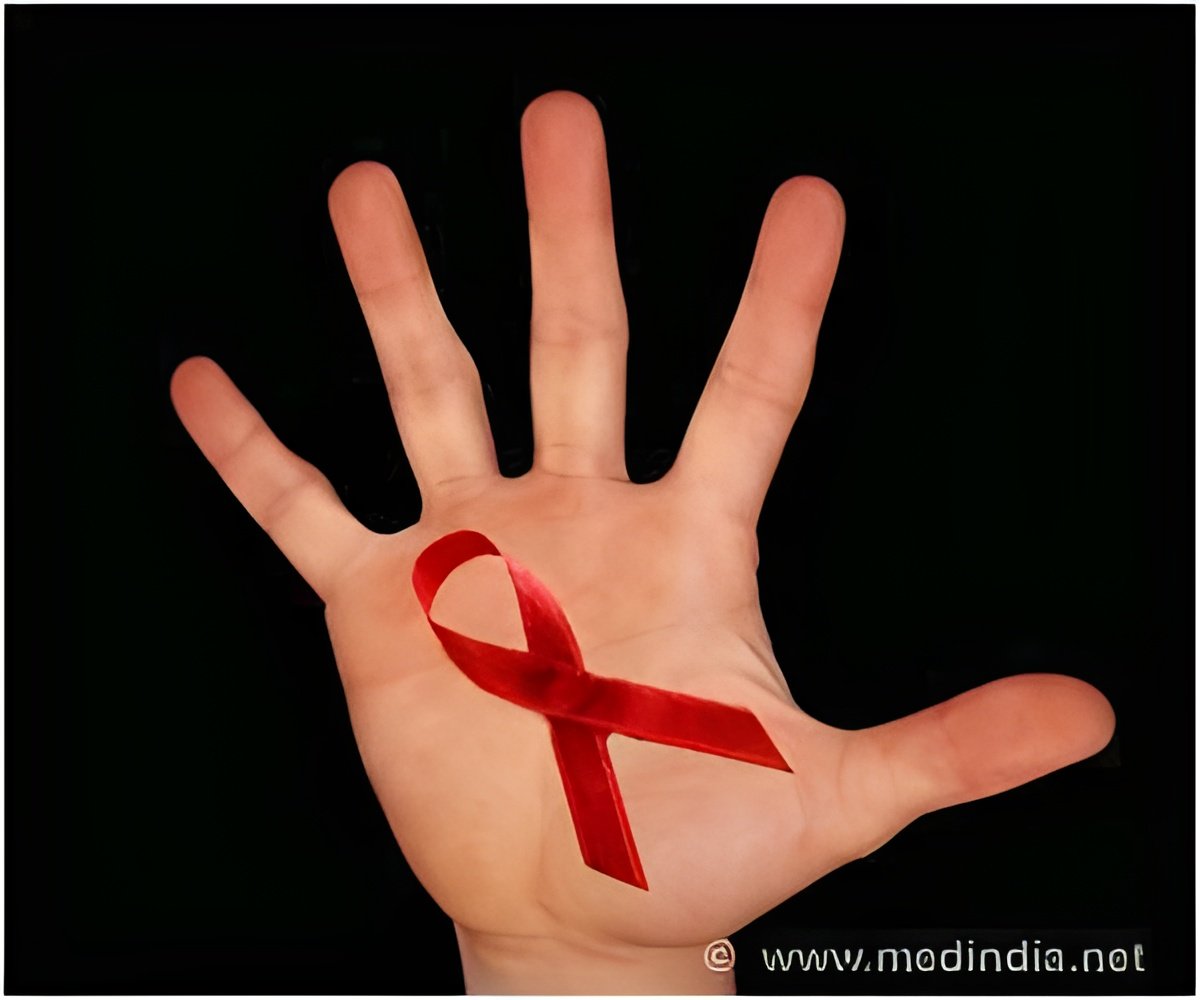
South Africa's HIV epidemic is the largest in the world, with an estimated 5.6 million people infected in 2011, according to UNAIDS. Although about half of those infected are eligible for treatment with ART, based on current guidelines for when to start therapy, one-third of those eligible remain without treatment, despite progress in expanding access since ART was introduced in the country in 2004. In this study, researchers used a mathematical model based on real world data to quantify the direct impact of the rollout of ART on survival among HIV-infected patients.
The researchers estimated that substantial survival gains from ART have already been achieved in South Africa: 2.8 million years of life gained as of December 2011. These years of life already saved represent just 15.6 percent of the 17.9 million years of life that will be saved by 2030 among patients currently receiving ART, according to the researchers' analysis.
Notably, these estimates exclude those who might benefit from starting ART in the future but who are not yet receiving it, Dr. April said. Continued international investment in the global response to HIV, including the U.S. President's Plan for Emergency AIDS Relief (PEPFAR), will be required to maintain the gains already achieved and efficiently expand access to ART. "Policymakers have the power to magnify the future trajectory of survival gains further still by pursuing more aggressive HIV testing and treatment strategies," Dr. April noted. "Increased case identification, early ART initiation, and expanded treatment options might catapult our conservative survival projections even further."
Despite earlier political decisions to limit ART scale-up in South Africa, the country's aggregate survival benefit from ART during just eight years (2004-2011) is similar to the considerable benefit reported previously for the U.S. over 15 years (1989-2003), wrote Sten H. Vermund, MD, PhD, of Vanderbilt University in Nashville, in an accompanying editorial commentary.
"The magnitude of the benefit of South African ART-based programs is astounding," wrote Dr. Vermund, who noted his hope that the bipartisanship in the U.S. that has characterized support of PEPFAR, which has been instrumental in the fight against HIV in sub-Saharan Africa, "will continue to bolster this essential investment for the future of the African continent."
"Our results suggest that rather than a debate over continuation of current funding commitments for the global response to HIV, policymakers and researchers should be examining strategies to most effectively and efficiently expand HIV testing and treatment efforts, to help increase future potential survival gains," said study author Rochelle P. Walensky, MD, MPH, of Massachusetts General Hospital and Harvard Medical School.
Source-Eurekalert
 MEDINDIA
MEDINDIA
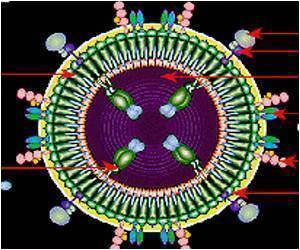

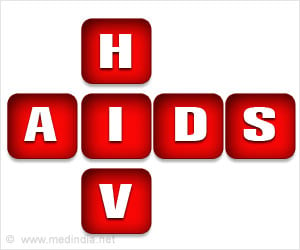
 Email
Email
